

— Products —
 Consumer hotline +8618073152920
Consumer hotline +8618073152920 WhatsApp:+8615367865107
Address:Room 102, District D, Houhu Industrial Park, Yuelu District, Changsha City, Hunan Province, China
Weather Stations
NBL-W-LUX The illuminance sensor transmitter uses a high-sensitivity silicon blue photovoltaic detector as a sensor. Users can configure different measuring ranges according to different measuring places. It has the characteristics of wide measuring range, good linearity, good waterproofness, convenient installation, and suitable for long-distance transmission. It can be widely used in agricultural greenhouses, urban lighting and other places.Plant Growth Regulation: Illumina···
Tel/WhatsApp:+8615367865107
Email:Arvin@niubol.com +Nearly 100 partner companies in more than 68 countries. We are committed to providing high-quality, practical products to meet your needs and help you solve problems. Our products comply with international standards and are certified with ISO, CE and RoHS.Product Details
Introduction and Value of Illuminance Sensor
An illuminance sensor is a device used to measure the intensity of light in an environment. It detects the level of light and converts it into corresponding electrical signals. Here is an introduction to and the value of an illuminance sensor:
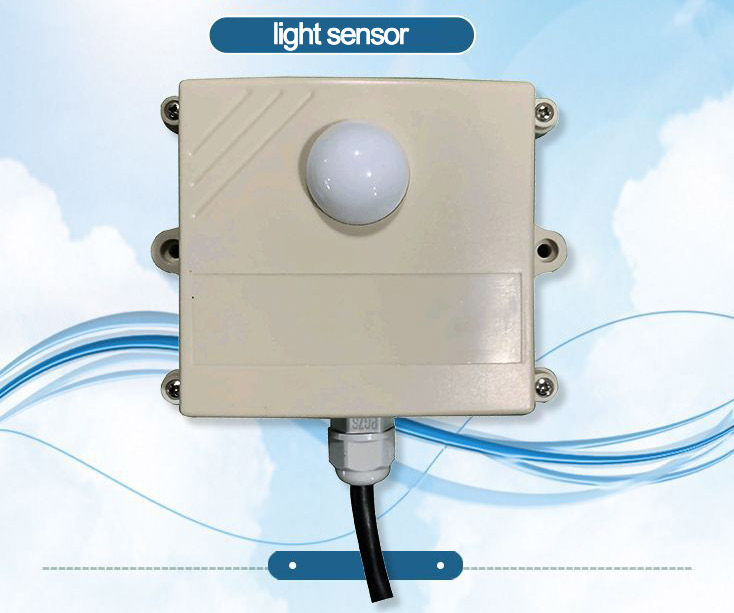
Illuminance Sensor Introduction:
An illuminance sensor utilizes a light-sensitive component (such as a photodiode or a photoresistor) to measure the intensity of light. When light shines on the sensor, the light-sensitive component generates a current or changes its resistance, thereby measuring the intensity of the light.
Illuminance Sensor Value:
1. Environmental Lighting Control: Illuminance sensors play a crucial role in indoor and outdoor lighting systems. By monitoring the ambient light levels, they can automatically adjust the brightness or switch lights on or off to achieve energy efficiency and improve comfort. For example, in areas with sufficient daylight, illuminance sensors can lower the indoor lighting intensity or turn off the lights to reduce energy consumption.
2. Automation Systems: Illuminance sensors are commonly used in automation systems such as smart homes and building management systems. By continuously monitoring the ambient light levels, they can trigger automation controls, such as adjusting curtains, blinds, or shading devices to optimize indoor lighting and temperature control.
3. Plant Growth Regulation: Illuminance sensors are essential in greenhouse agriculture. By measuring the intensity of light, they determine the optimal level of photosynthesis and regulate supplementary lighting systems accordingly. This helps to enhance plant growth rates and quality, optimizing the yield of greenhouse crops.
4. Research and Monitoring: Illuminance sensors are employed in scientific research and environmental monitoring. In meteorology, climate studies, and ecology, they help assess the correlation between light conditions and phenomena like climate patterns and plant distribution. Additionally, they find wide applications in lighting engineering and optical design fields.
In conclusion, illuminance sensors have significant value in lighting control, automation systems, plant growth regulation, and research and monitoring. By monitoring light intensity and enabling automated control, they contribute to energy savings, improve comfort, and demonstrate practical applications in various fields.
The illuminance sensor is a sensor that converts the illuminance into an electrical signal, and the output value is measured in Lux. Light is an indispensable condition for photosynthesis;Under certain conditions, when the light intensity increases, the intensity of photosynthesis will also increase, but when the light intensity exceeds the limit, the stomata on the leaves of the plant will be closed, and the intensity of photosynthesis will decrease.Therefore, the use of illuminance sensors to control illuminance has become an important factor affecting crop yield.
Illumination sensor product introduction:
The illuminance sensor transmitter uses a high-sensitivity silicon blue photovoltaic detector as a sensor. Users can configure different measuring ranges according to different measuring places. It has the characteristics of wide measuring range, good linearity, good waterproofness, convenient installation, and suitable for long-distance transmission. It can be widely used in agricultural greenhouses, urban lighting and other places.
NBL-W-LUX Illumination sensor technical parameters:
| Parameter | Specification |
|---|---|
| Measuring range | 0–200000 Lux |
| Wavelength range | 380 nm–730 nm |
| Accuracy | ±7% |
| Power supply | DC 12V-24V |
| Output | 4~20 mA / 0~5 V / RS485 |
| Instrument cable length | 2.5 meters |
| Working temperature | -10℃~70℃ |
| Relative humidity | 0~80% RH |
| Product weight | 170 g |
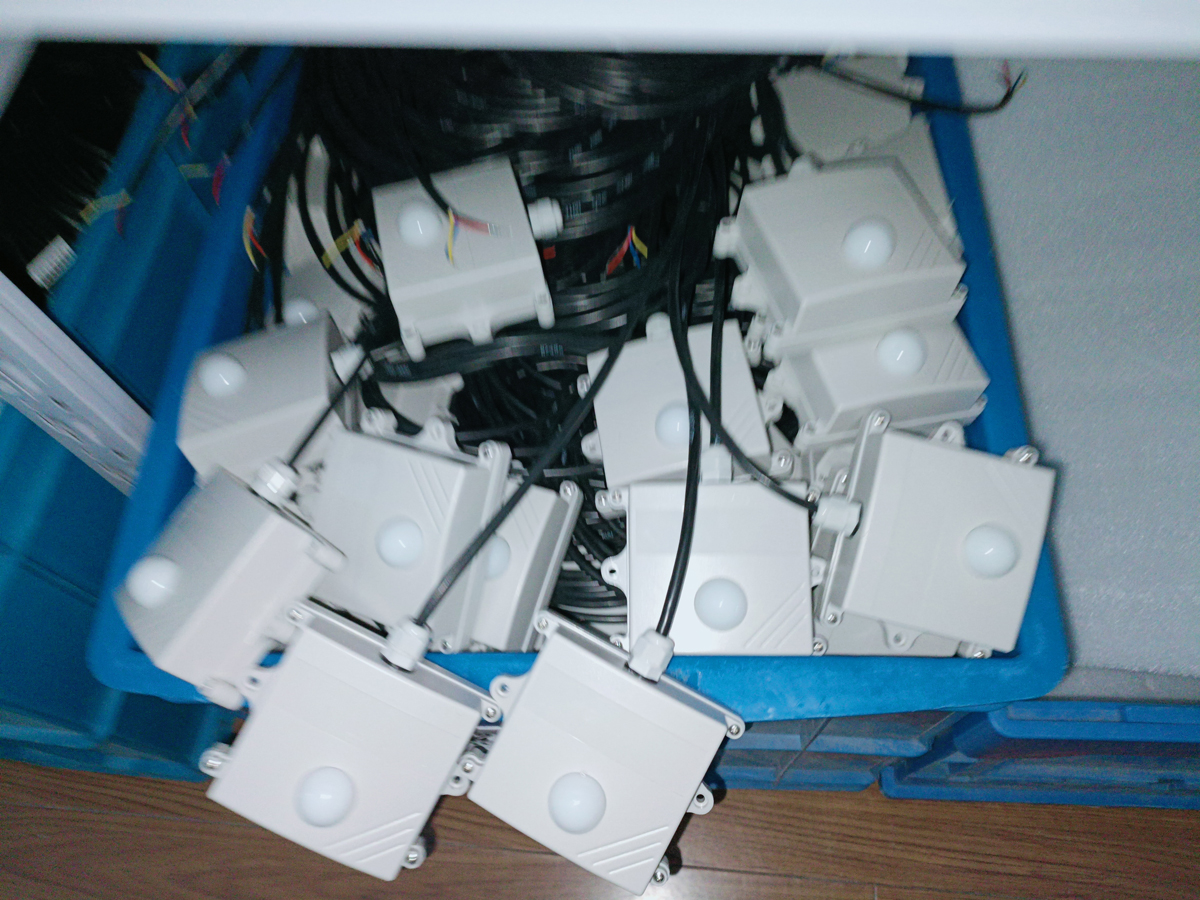
Illumination sensor Instructions for use:
Wire the sensor according to the instructions in the wiring method, then place it at the position where the light intensity is to be measured, turn on the power supply and the switch of the collector, and then the light intensity of the measurement point can be obtained.
Light intensity illumination sensor detection lighting intensity Lux Analog output 0-5V/RS485/4-20mA for Greenhouse agriculture IOT Application
Prev:Carbon dioxide sensor CO2 detection transmitter 4-20mA/RS485 for Greenhouse agriculture and Office
Sensors & Weather Stations Catalog
Agriculture Sensors and Weather Stations Catalog-NiuBoL.pdf
Weather Stations Catalog-NiuBoL.pdf
Related recommendations
 Wind Speed sensor Output Modbus/RS485/Analog/0-5V/4-20mA
Wind Speed sensor Output Modbus/RS485/Analog/0-5V/4-20mA Tipping bucket rain gauge for weather monitoring auto rainfall sensor RS485/Outdoor/stainless steel
Tipping bucket rain gauge for weather monitoring auto rainfall sensor RS485/Outdoor/stainless steel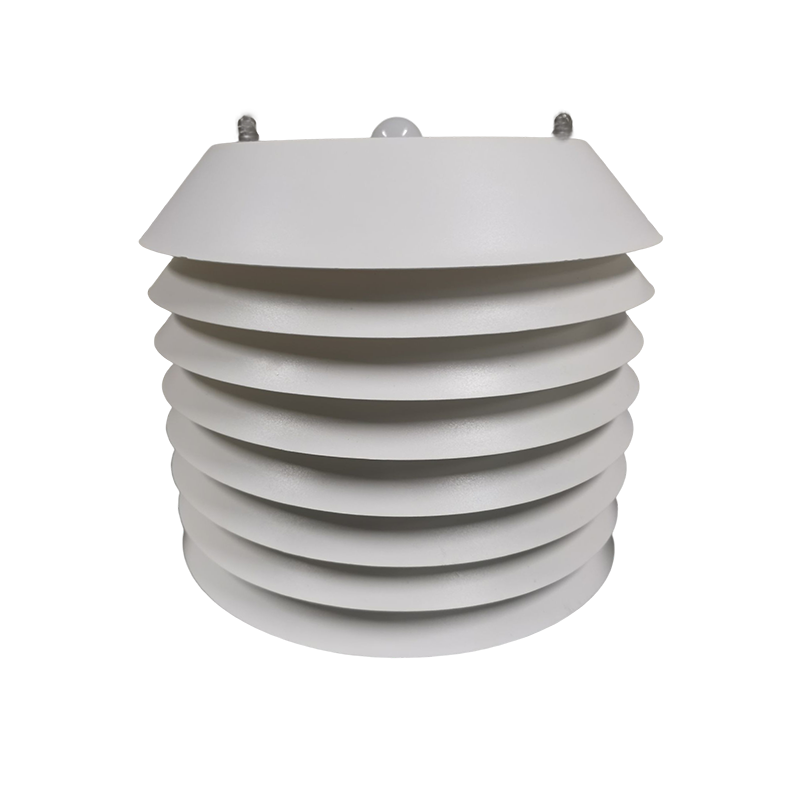 5-in-1 Temperature, Humidity, Air Pressure, Illumination, CO2 Sensor
5-in-1 Temperature, Humidity, Air Pressure, Illumination, CO2 Sensor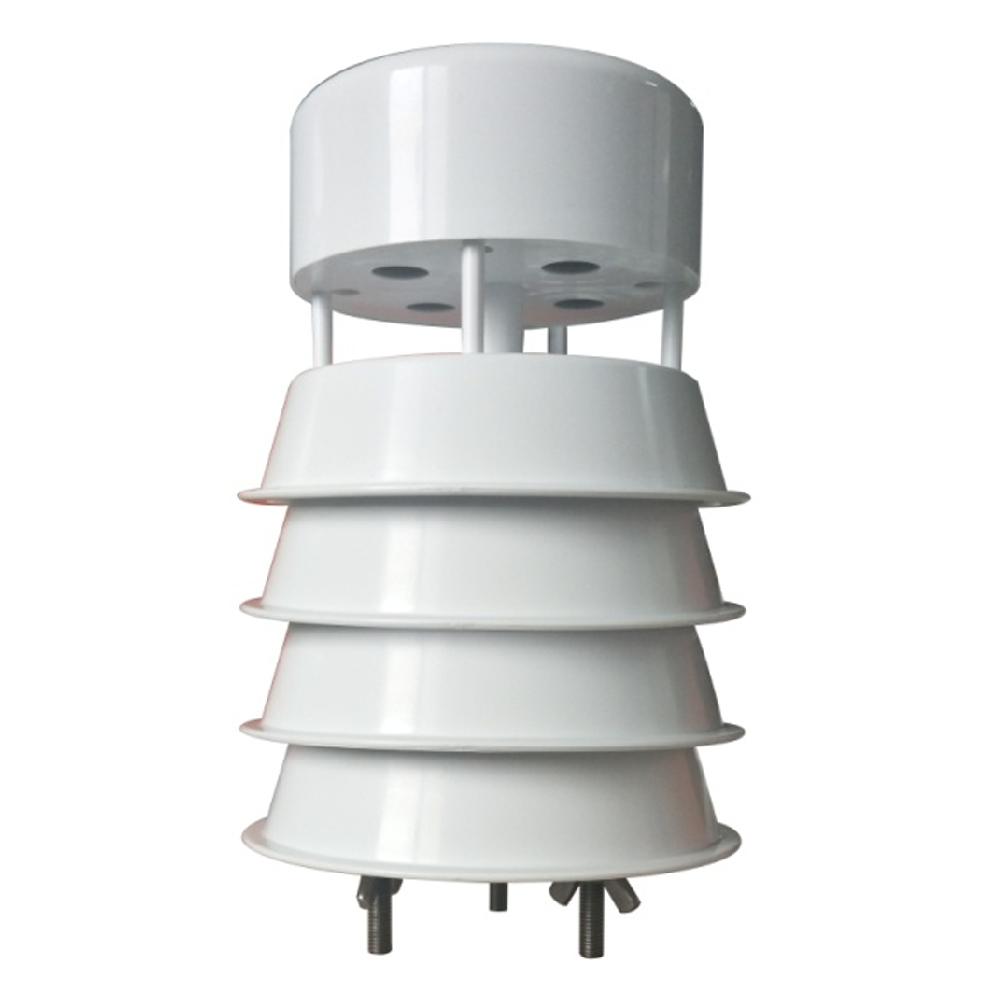 5 in1 Ultrasonic weather stations Atmospheric Pressure Temperature Humidity Wind Speed Direction sensor
5 in1 Ultrasonic weather stations Atmospheric Pressure Temperature Humidity Wind Speed Direction sensor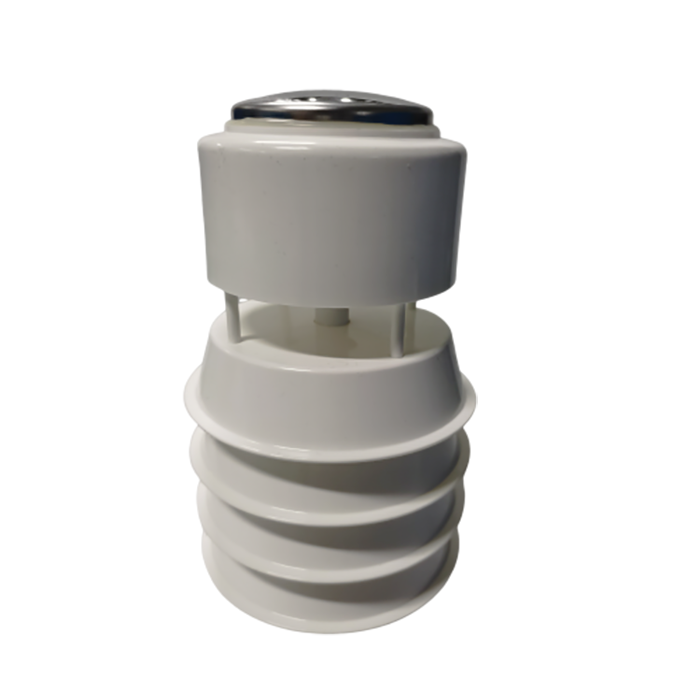 6 in1 Ultrasonic Weather Station Sensor for industrial & agricultural & environmental monitoring
6 in1 Ultrasonic Weather Station Sensor for industrial & agricultural & environmental monitoring 7 in 1 Ultrasonic Weather Station Sensor for Wind speed,Wind direction,Temperature, humidity, pressure,Illumin···
7 in 1 Ultrasonic Weather Station Sensor for Wind speed,Wind direction,Temperature, humidity, pressure,Illumin···
Screenshot, WhatsApp to identify the QR code
WhatsApp number:+8615367865107
(Click on WhatsApp to copy and add friends)
